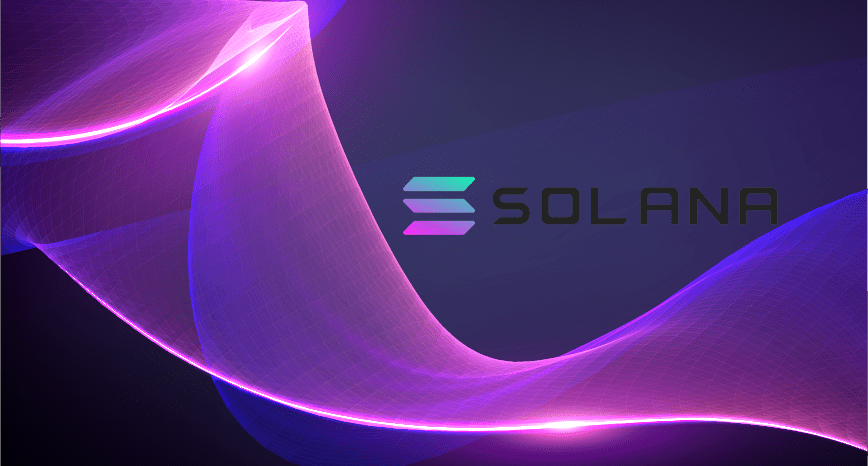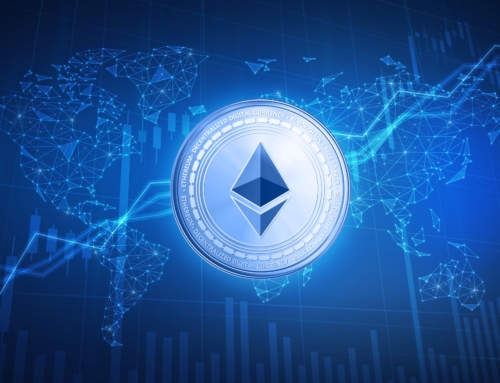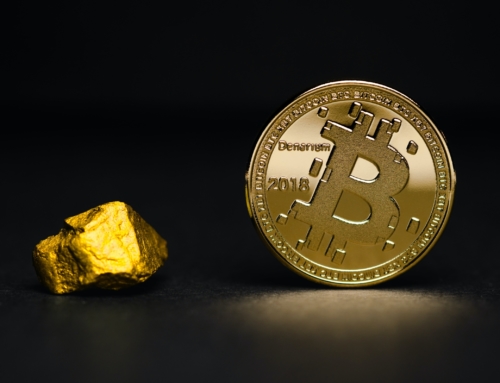Solana (SOL), a cryptocurrency that launched in April 2020, has been making headlines in the crypto market lately. The dramatic and consistent rise of this coin has attracted the attention of many people in the cryptocurrency world. In January 2021, SOL was trading at about $1.5 in the market. During the first week of September, the coin was trading at a record high of over $190. At the time of writing, the coin is ranking #7 in CoinMarketCap with $47.5 billion. Behind this high-flying cryptocurrency is a highly functional decentralized network, Solana.
So, what is Solana? Why does it have an outstanding rise?
What is Solana?
Solana is an open-source blockchain platform for developing the next generation of decentralized apps (dApps). The project aims to create a highly scalable, secure, and decentralized network with high throughput. Solana project is a product of developers at Solana Labs in San Francisco. Geneva-based Solana Foundation is responsible for maintaining the project.
Solana is rivaling Ethereum, the largest dApp platform, by promising faster transactions at lower costs. The decentralized network uses a proof-of-stake (PoS) mechanism, which makes it more eco-friendly than the rival blockchains such as the bitcoin blockchain that employs a proof-of-work (PoW) mechanism. Solana is currently boasting a maximum throughput of at least 50,000 transactions per second (TPS).
Easing the Burden on Ethereum
Most dApps operate on the Ethereum blockchain, which is struggling to keep up with the high demand. Ethereum is also is known for high gas fees. The proposed upgrade to Eth2 for the blockchain is a multi-year effort that began in late 2020. Meanwhile, the development of protocols on blockchain systems is not slowing down. These challenges inspired the developers of Solana to design the project with a unique and unmatched value proposition to meet the market deficiencies.
The highly functioning blockchain is creating an infrastructure that improves mass usage by allowing for quick transactions at ultra-low costs. Solana has improved interoperability and is now able to connect to the Ethereum network. Projects that want to take advantage of Solana’s fast speed and cheap cost may now easily transfer ERC-20 assets to their SPL-standard equivalents through the Wormhole Bridge.
As a user, Solana is an ecosystem where you can use the digital token SOL to interact with various decentralized applications. Most of the dApps are financial-based, such as borrowing and lending platforms, crypto trading platforms, and asset investment protocols. Additionally, some apps allow you to trade non-fungible-tokens (NFTs), the latest buzz in the cryptocurrency world. There are also dating apps built on this decentralized network.
Why the Craze?
The rise in SOL indicates the increased demand for the token and general acceptance of the blockchain network. Someone who participated in the tokens ICO in April 2020 bought them at $0.22 per token. Currently, a token is going at around $161. Other Ethereum competitors such as Polkadot, Cardano, Terra, and Polygon have also recorded a tremendous increase in prices. However, their growth cannot match that of Solana.
One reason for the growth of this coin is that it is backed by many popular crypto exchanges that have launched several Solana-based projects. Another reason is the low fees and high transaction speed that attract both investors and other users to the blockchain and its digital coin. Additionally, Solana’s high total value locked (TLV) is a promising feature to investors and token holders in general. Currently, Solana is the third-largest chain in terms of TLV, with a total of $7.9 billion locked into its network’s project.
What does the Future Looks Like for Solana?
Solana remains committed to driving scalability, affordability, and sustainability on blockchain technology. However, It is one competitor in the world of dApps, each with strengths and weaknesses. Solana shows a lot of promise, with its cutting-edge developments. It has a flourishing application ecosystem, and continued support from FTX and some of the biggest venture capitalists in the industry. Seeing that it is providing real competition to Ethereum, while it has been around for barely two years is a green light for success heading into the future.





